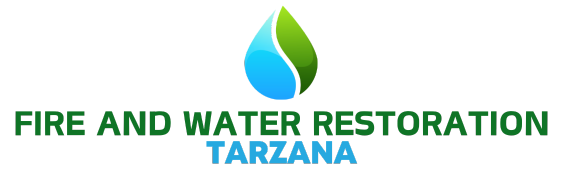There are many potential pitfalls when dealing with the aftermath of fire or water damage. Although there is a strong desire to return to normal, rushing into things can worsen the damage, prolong the recovery, and increase expenses. Here are some important mistakes to avoid to ensure a safer and more seamless restoration process.
The “I Can Fix It” Fallacy: Resisting Professional Intervention
The allure of DIY repairs can be tempting, especially when faced with visible damage. However, this approach often overlooks the hidden complexities. Water seeps into unseen crevices, fostering mold and structural decay, while fire leaves behind insidious soot and chemical residues.
The Hazard: DIY attempts often fail to address underlying issues, leading to escalated problems and health risks.
The Remedy: Prioritize professional restoration services. Certified experts possess the tools and knowledge to conduct thorough assessments and implement effective remediation strategies.
The Documentation Deficit: Ignoring the Paper Trail
Insurance claims hinge on meticulous documentation. A lack of photographic evidence, detailed inventories, and organized records can significantly hinder your ability to secure adequate compensation.
The Hazard: Insufficient documentation leads to claim disputes, reduced payouts, and increased financial burdens.
The Remedy: Before any cleanup, meticulously document the damage with photos, videos, and detailed inventories. Maintain a comprehensive record of all communication with insurers and contractors.
The Rushed Dry-Out: Cultivating Mold Havens
Water damage demands patience. Premature attempts to dry affected areas can trap moisture, creating ideal conditions for mold proliferation and structural deterioration.
The Hazard: Rapid drying techniques often leave residual moisture, fostering mold growth and compromising structural integrity.
The Remedy: Allow professional drying equipment, like dehumidifiers and air movers, to thoroughly eliminate moisture. This process, though time-consuming, is essential for long-term prevention.
The Hidden Damage Blind Spot: Underestimating the Scope
Damage from fire or water often extends beyond the visible. Water can infiltrate walls and floors, while smoke permeates every surface. Ignoring these hidden threats can lead to costly repairs and health complications.
The Hazard: Overlooking hidden damage results in undetected mold, structural instability, and lingering contaminants.
The Remedy: Engage professionals to conduct comprehensive inspections, utilizing specialized tools to detect hidden moisture and smoke residues.
The Improper Cleanup Catastrophe: Spreading Contamination
Using inappropriate cleaning agents or techniques can exacerbate damage. Water-based cleaning of soot can smear it, while household cleaners may worsen contamination from grey water.
The Hazard: Incorrect cleaning methods can spread contaminants and damage surfaces, leading to further complications.
The Remedy: Rely on professional cleaning protocols, utilizing specialized products and techniques to safely and effectively remove contaminants.
The Safety Neglect: Endangering Health and Well-being
Re-entering a damaged property without proper safety precautions is perilous. Structural instability, electrical hazards, and contaminated materials pose significant risks.
The Hazard: Ignoring safety protocols leads to injuries, exposure to hazardous materials, and long-term health problems.
The Remedy: Prioritize safety by wearing appropriate protective gear and adhering to professional safety guidelines.
The Premature Settlement Trap: Accepting Inadequate Compensation
Insurance companies may offer swift settlements, but hasty acceptance can result in insufficient funds to cover all restoration costs.
The Hazard: Settling prematurely results in inadequate compensation, leaving you financially vulnerable.
The Remedy: Thoroughly review your policy and negotiate with your insurer to ensure fair compensation. Consider engaging a public adjuster to advocate for your interests.
The Emotional Neglect: Overlooking the Human Toll
The emotional impact of fire or water damage is often overlooked. Neglecting mental health can hinder recovery and impede sound decision-making.
The Hazard: Ignoring emotional distress leads to anxiety, depression, and impaired decision-making.
The Remedy: Prioritize emotional well-being by seeking support from family, friends, or mental health professionals.
You can handle the rehabilitation process more effectively and resiliently if you avoid these typical traps. Regaining your house and peace of mind requires expert advice and a safety-first approach.
